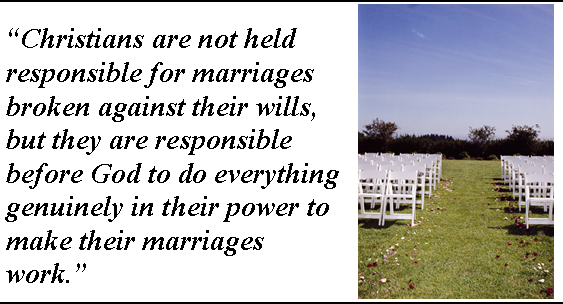Rightly Understanding God’s Word: Context of Genre, Part 3, by Craig S. Keener
In this chapter from the Rightly Understanding God’s Word series, Craig S. Keener continues with a study of the type of inspired literature found in the teachings of Jesus, the gospels, letters to churches and individuals, and prophetic passages.
As appearing in Pneuma Review Fall 2005.

Take a course on biblical interpretation with New Testament scholar, Professor Craig S. Keener.
For an introduction to the Context of Genre, see the Spring 2005 edition of the Pneuma Review.
Jesus’ Teachings
Jesus’ teachings are not a broad genre like poetry or narrative; in fact, they mix together elements of different kinds of genres. Jesus was, among other things, a Jewish sage, so he often uses the teaching style used by Jewish teachers in his day: for example, rhetorical overstatements, wisdom proverbs (see previous section), and parables. At the same time, Jesus was a prophet, and sometimes gave oracles like prophets did (“Woe to you, Capernaum!”) Of course, as the Messiah, Jesus was more than a prophet or a sage, and he often spoke with greater authority than either prophets or sages did. Yet he also used many teaching techniques that were familiar to his people in his day.
For our example, we will take Jesus’ teaching on divorce. Many people assume that what Jesus said on a particular occasion covers every situation, but while that is often the case, sometimes Jesus himself provided different perspectives for different kinds of situations. Thus we recognize that while Jesus wants us to love him more than our parents, we “hate” them only by comparison with our love for him (Lk 14:26); elsewhere he instructs us to provide for them in their old age (Mk 7:10-13).
The point of overstatement is to grab our attention, to force us to consider how serious is Jesus’ demand.
First we should examine the “why” of Jesus’ teaching, as best as possible. In Jesus’ day the Pharisees debated among themselves as to the grounds for a husband to divorce his wife; the stricter school said a man could divorce his wife if she were unfaithful to him, but the more lenient school said he could divorce his wife if she burned his bread. In Jewish Palestine (as opposed to Roman laws), husbands could divorce their wives for almost any reason; wives could not divorce their husbands or prevent themselves from being divorced. Jesus was at least in part defending an innocent party from being wronged: the husband who divorces his wife and remarries commits adultery “against her”—against his wife (Mk 10:11). This was a sin not only against God, but also against another person innocent of the divorce (cf. also Mal 2:14).
Second we should examine what this saying literally claims. “Adultery” in the literal sense is being unfaithful to one’s marriage partner; for remarriage to be adultery against a former spouse means that, in God’s sight, one is still married to one’s former spouse. If we take this literally, this means that marriage cannot be dissolved, and that Christians should break up all second and third marriages. (Interestingly, despite the scandal this would have caused in ancient society, we have no record of anyone breaking up later marriages in the New Testament.) But is this a literal statement, or one of Jesus’ deliberate overstatements meant to grab people’s attention—like plucking out the eye, a camel passing through a needle’s eye, or a mustard seed of faith? We can easily answer this question by examining Jesus’ other sayings on the same subject.
 In the same context as Mark 10:11, Jesus also says, “What God joined together, let no one separate” (Mk 10:9). In 10:11, marriage cannot be broken; in 10:9, it should not be and must not be, but it is breakable. The difference in meaning here is this: one says that one is always married to one’s first spouse; the other says that one should remain married to one’s first spouse. The one is a statement; the other is a demand. Yet marriage cannot be both unbreakable and breakable; so it is possible that 10:11 is a deliberate overstatement (hyperbole) whereas 10:9 communicates its real intention: to keep us from divorcing, not to break up new marriages.
In the same context as Mark 10:11, Jesus also says, “What God joined together, let no one separate” (Mk 10:9). In 10:11, marriage cannot be broken; in 10:9, it should not be and must not be, but it is breakable. The difference in meaning here is this: one says that one is always married to one’s first spouse; the other says that one should remain married to one’s first spouse. The one is a statement; the other is a demand. Yet marriage cannot be both unbreakable and breakable; so it is possible that 10:11 is a deliberate overstatement (hyperbole) whereas 10:9 communicates its real intention: to keep us from divorcing, not to break up new marriages.
Category: Biblical Studies, Fall 2005


